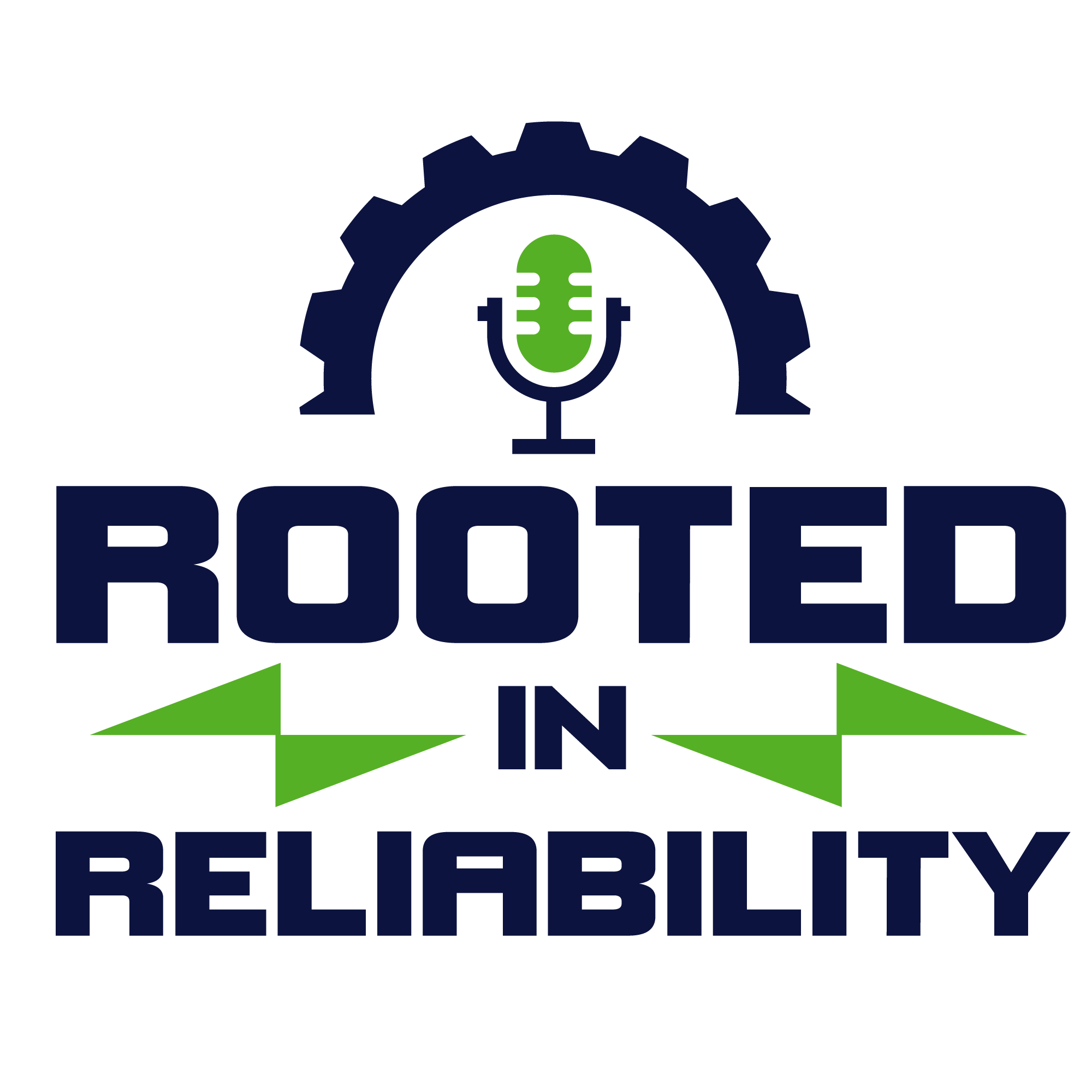Stakeholder Analysis and Management with Tara Holwegner
 In today s episode, the guest Tara Holwegner explains the role of stakeholders and the management in an organization. It is very common that many new projects and big initiatives take place in the organizations but most of these don t succeed or generate results as expected even if they have the potential. The problem in these cases is the little transfer of information, lack of communication, and incoherent business objectives. That is where the stakeholders come into the action. First of all, a stakeholder can be anyone who is affected by the project the organization is working on. He can also affect the same project even if he has little authority because the successful projects are always the result of team effort and team, in this case, includes every member of the relevant team, management, and owners clients who will own the final product or the owners of the organization. All of these people make a single term that is called a stakeholder of the project.
In today s episode, the guest Tara Holwegner explains the role of stakeholders and the management in an organization. It is very common that many new projects and big initiatives take place in the organizations but most of these don t succeed or generate results as expected even if they have the potential. The problem in these cases is the little transfer of information, lack of communication, and incoherent business objectives. That is where the stakeholders come into the action. First of all, a stakeholder can be anyone who is affected by the project the organization is working on. He can also affect the same project even if he has little authority because the successful projects are always the result of team effort and team, in this case, includes every member of the relevant team, management, and owners clients who will own the final product or the owners of the organization. All of these people make a single term that is called a stakeholder of the project.
Now that you understand the term completely, you have to identify these people and their roles in the success of your project. You have to understand their personal and common objectives towards the organization. You can analyze their expectations by different kinds of brainstorming activities.
The easy way to recognize the major or senior stakeholders is to see the past projects of the organization and all the available details that you can get your hands on. If you can connect with them, the job gets easy as they know the risks in the projects that they have experienced already. They can give you useful insights and help you identify the rest of the significant stakeholders and so on.
After this, you can prioritize the risks involved and plan for stakeholder engagement from the start to the end. There are a lot of techniques in the industry such as stakeholder meetings, coaching and training, industry tours, and so on. The goal here is to let them actually see for themselves the individual as well as organizational benefits the project will provide. Having a good leadership helps greatly in this case.
The research has shown an incredible increase in the success rate of the projects even if you apply some of these techniques to engage your stakeholders rather than not doing anything about this huge baseline of the risk management or change management.
The best practices also include to identify your stakeholders at the times you receive the project charter, then carefully monitor the progress, revisit the impact after major milestones, and check and recheck the stakeholder register once in a while too. This will allow you to see the current situation of stakeholders. You can compare the progress of your plan by comparing their positions at different times as you move forward.
No matter what technical advantages the new tools give us, the people factor will always be dominant. So, putting a little effort to engage these people correctly can really turn the tables.
Eruditio, LLC Links:
- Eruditio, LLC
- A Smarter Way of Preventative Maintenance – Free eBook
- Maintenance Planning & Scheduling: Planning for Profitability Video Course
LCE Links
- LCE Website https://www.lce.com/
- Asset Reliability @Work Podcast https://www.lce.com/podcast
- Powered by Rx Website https://poweredbyrx.com/
- LCE Free Project Risk Assessment – https://www.lce.com/Project-Risk-Assessment-342.html
- Reliability Excellence Conference – https://www.lce.com/Reliability-Excellence-Conference
- Tara Holwegner LinkedIn – https://www.linkedin.com/in/taradenton
The post 34 The Role of Stakeholder Analysis & Management w/ Tara Holwegner appeared first on Accendo Reliability.

